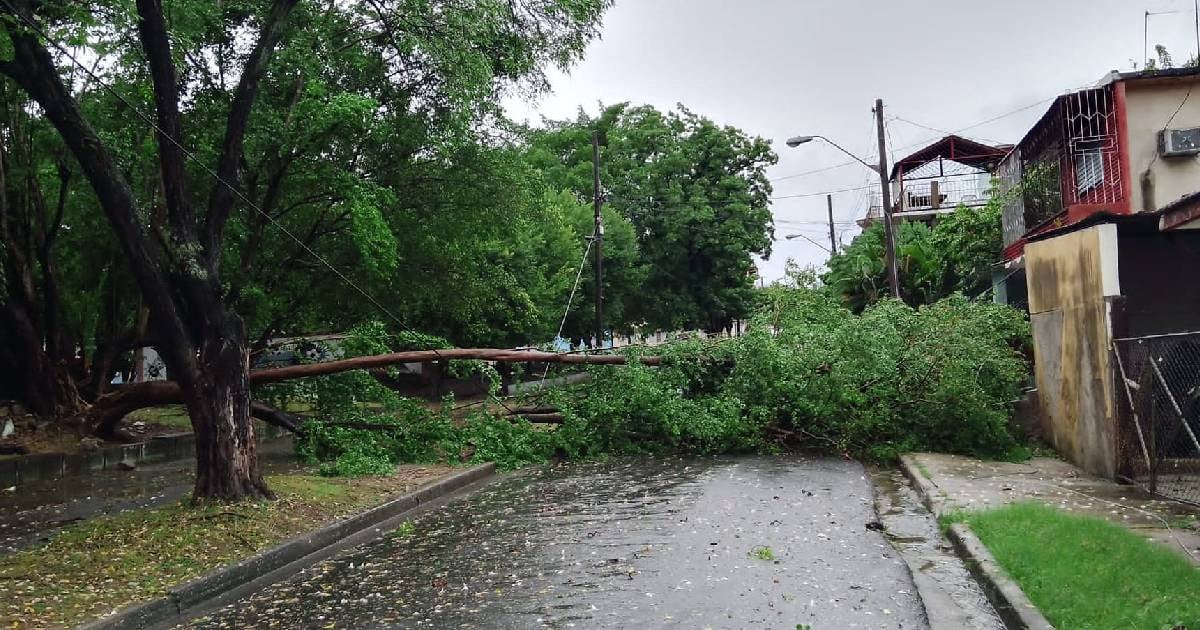Although the feeder bands of Tropical Storm Rafael continue to gain strength and organization as it moves through the Caribbean, certain areas in Santiago de Cuba have been hit particularly hard by its effects. The region has reported widespread power outages, fallen trees, downed telephone poles, and heavy rain leading to flooding, according to local news outlets.
Images shared by CMKW Radio Mambí illustrate the significant impact of this weather event, which threatens to escalate into a hurricane as it approaches the western part of the island. María Teresa Álvarez, director of the Meteorological Center in this southeastern territory, noted that the forecast includes light to moderate rainfall in flat areas and heavy precipitation in mountainous regions. The southern coastline is also experiencing rough seas, with potential flooding in low-lying areas of the main municipality and Guamá.
The National Hurricane Center (NHC) issued advisory number nine, indicating that Tropical Storm Rafael is intensifying and is expected to transform into a hurricane as it nears or passes over the Cayman Islands within the next 12 hours. The latest NHC report places Rafael at 19.1°N 79.6°W, moving northwest at 15 mph (24 km/h), with a minimum pressure of 989 mb and maximum sustained winds reaching 70 mph (113 km/h).
Additional strengthening is anticipated before Rafael impacts western Cuba and the Isla de la Juventud on Wednesday, where a hurricane warning is already in place. In response, Cuba's Civil Defense General Staff has declared an alert phase starting at 5 p.m. for the provinces of Villa Clara, Cienfuegos, and Sancti Spíritus, due to the potential for direct impact by this cyclonic system.
As of Monday afternoon, the alert phase is also in effect for territories from Matanzas to Pinar del Río, including the special municipality of Isla de la Juventud.
